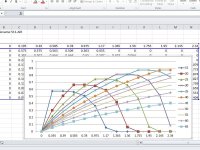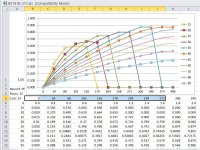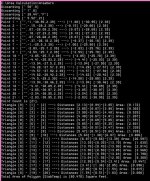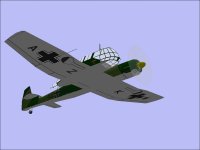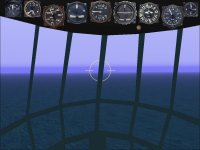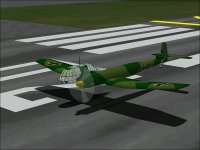Instrument Panels
Hello Aleatorylamp,
Above the front glass is a row of indicator dials which could be considered the main "Panel".
That part is already done though the background could use a few edits.
The problem is that there are many more instruments that are "essential" for a CFS aeroplane.
There is the Throttle panel which would have a Throttle of course and also have (in this case) a Propeller Pitch control.
There would have to be at least one more "Sub Panel" to hold other gauges such as
Fuel Switch
Fuel Quantity Gauge <--- New!
Elevator Trim Gauge <--- New
Magnetos <--- Conspicuously absent from the stock FW 190A
Landing Gear control / indicator
Flap Control
I still need to create a background for this sub panel and make sure I did not leave anything out.
- Ivan.
Hello Aleatorylamp,
Above the front glass is a row of indicator dials which could be considered the main "Panel".
That part is already done though the background could use a few edits.
The problem is that there are many more instruments that are "essential" for a CFS aeroplane.
There is the Throttle panel which would have a Throttle of course and also have (in this case) a Propeller Pitch control.
There would have to be at least one more "Sub Panel" to hold other gauges such as
Fuel Switch
Fuel Quantity Gauge <--- New!
Elevator Trim Gauge <--- New
Magnetos <--- Conspicuously absent from the stock FW 190A
Landing Gear control / indicator
Flap Control
I still need to create a background for this sub panel and make sure I did not leave anything out.
- Ivan.

